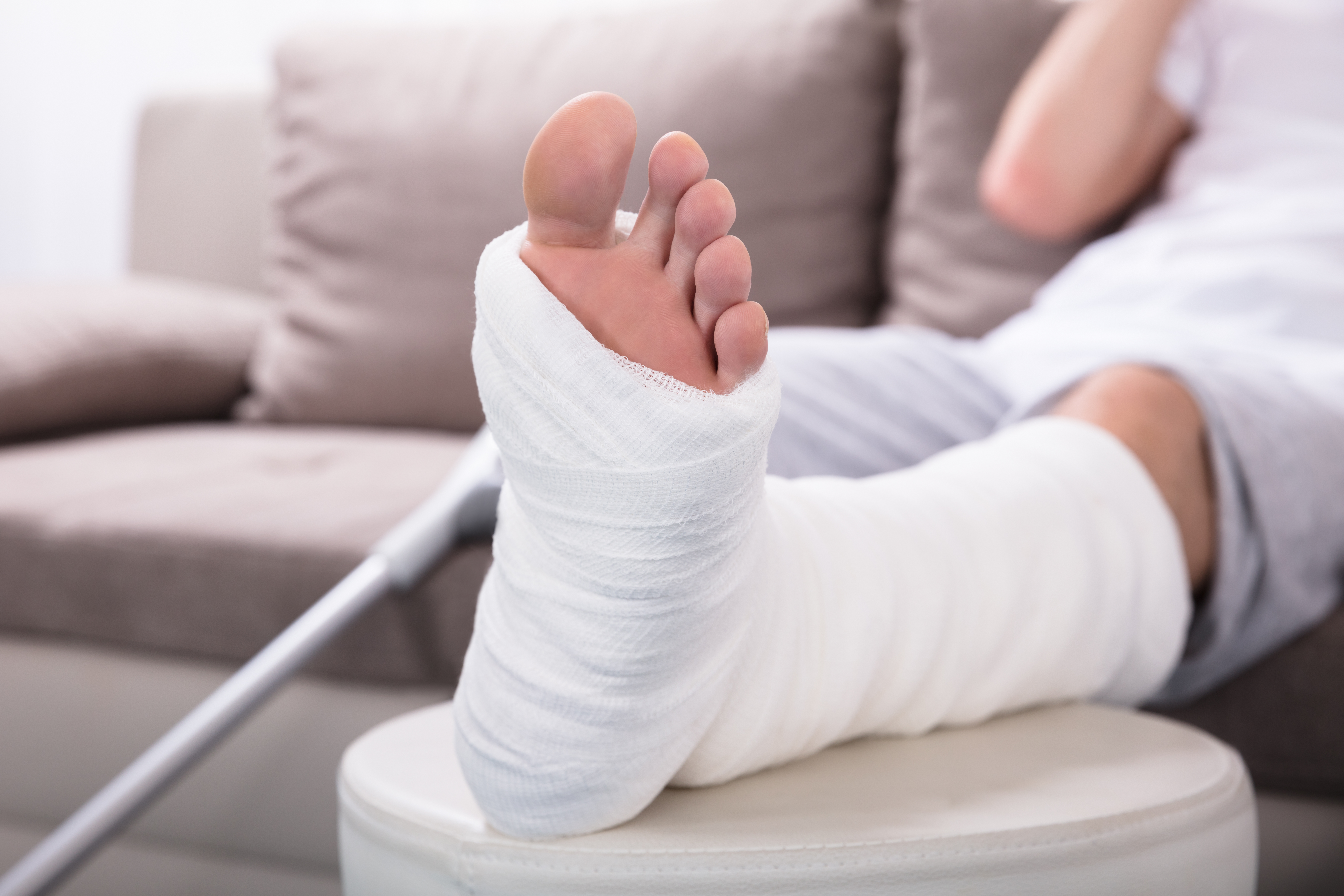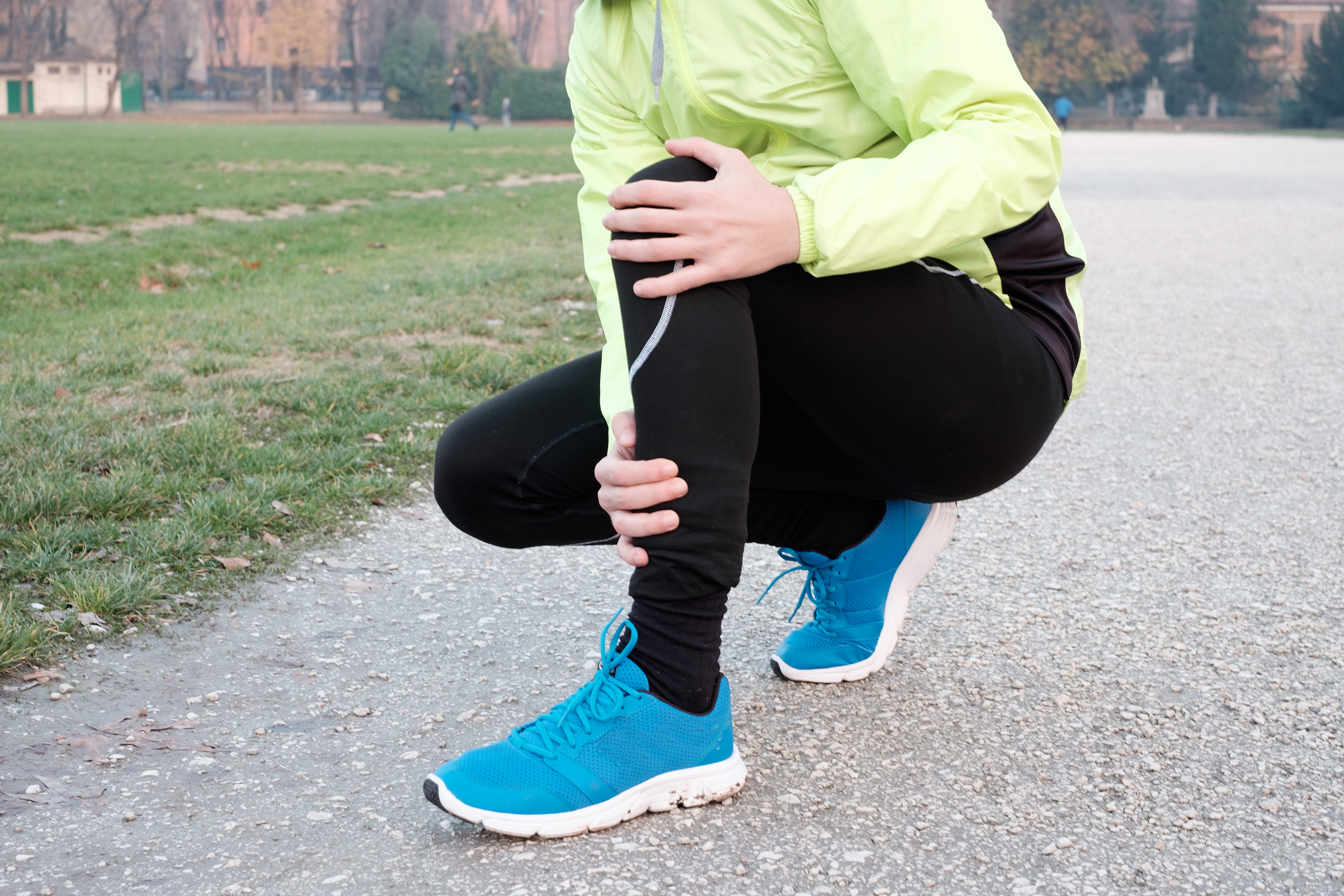Don't Ignore Injuries from Falling or Colliding During Winter Activities

Don't let injuries from falling or colliding during winter activities keep you down.
The winter months are abound with opportunities for injuries -- whether from high-intensity sports, like skiing or snowboarding, or the low-intensity of simply navigating icy sidewalks. Falling or colliding during winter activities is always a risk, but many people fail to take these kinds of injuries seriously.
A simple slip and fall on an icy sidewalk may not seem like a big deal, but if symptoms progress, there may be a more serious problem, such as a fracture or a torn ligament.
- Unexpected Injuries from Falling or Colliding During Winter ActivitiesAny type of winter physical activityies can result in an injury. Being aware of the types of injuries which may occur, and what to expect, can help prevent the injuries in the first place and help you to know when you should seek medical help.Let's look at some of the common symptoms and injuries that may occur as the result of falling or colliding during winter activities.
- Sprains: A sprain occurs when a ligament is stretched or torn. Ligaments are bands of strong connective tissue which connect the end of one bone with another. A sprain may occur from a fall or collision, or the twisting of a joint that results in excessive stress.
- Strains: Strains are similar to sprains, but are instead an injury to a muscle or tendon. The strain may be either an excessive stretch to the muscle/tendon, or it may be a partial or complete tear. Strains are most likely to occur in the ankles, knees, or wrists.
- Strain symptoms may include: Pain, muscle spasm, muscle weakness, swelling, inflammation, and cramping.
- Fractures: Fractures can range from a hairline fracture to a severe, compound fracture. Broken bones may be very obvious, or may be small enough that they can go unnoticed. However, without proper treatment and care, even a hairline fracture can cause problems.
- Fracture symptoms may include: swelling, tenderness, bruising, deformity (the bone may be visibly out of place.
- Concussion/Head Trauma: Outdoor winter sports, such as skiing, snowboarding, or sledding, are major culprits when it comes to head injuries. However, a simple slip or fall could also result in a head injury. Any injury to the head is serious and should be examined by a medical professional.
- Head trauma symptoms may include: pain, swelling, bruising, drowsiness, loss of consciousness, memory loss, confusion, dizziness or difficulty with balance, trouble speaking, nausea or vomiting.
Precautions to Avoid Winter InjuriesWhile it is impossible to prevent all accidents, some simple precautions can greatly help reduce the risk of injury from falling or colliding during winter activities.
- Always wear proper gear during activities: Make sure you are wearing the appropriate gear for winter sports and activities, and ensure all items are proper fitting.
- Pay attention to surroundings: Whether it is heading down the ski slope or out your front door, take the time to evaluate your surroundings and the conditions you will be encountering.
- Wear appropriate footwear: Wearing sturdy shoes with good grip can help prevent injuries that might occur even just on the way to the car.
Where to Get Treatment for Winter Injuries
Remember, trying to "tough out" even a fairly minor injury can result in further complications later on. If you or a loved one have sustained a winter injury, do not wait to obtain medical help. Rothman Orthopaedic Institute is one of the leading providers of orthopedic care in the country. Visit Rothman Orthopaedics here or contact us at 1-800-321-9999 with further questions or to schedule an appointment.

